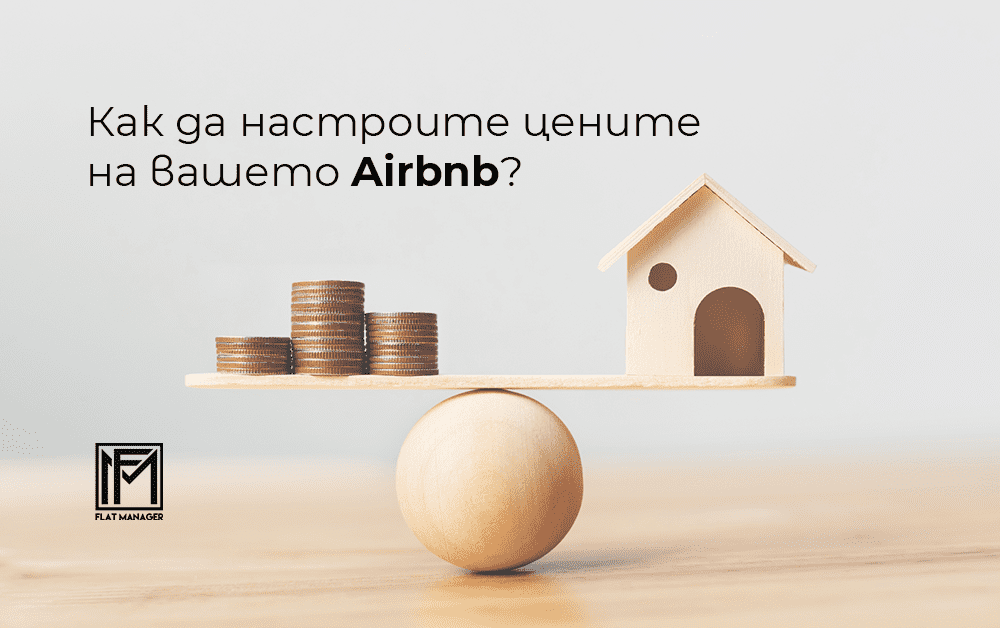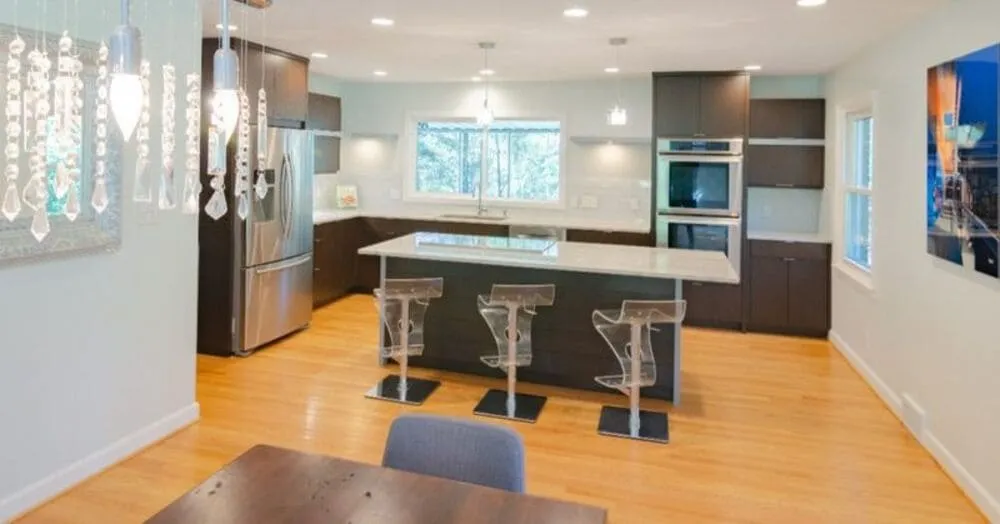In the uncertain and ever-changing situation surrounding the pandemic, Airbnb apartment hosts are faced with the question of how to set nightly rates in such a way as to ensure the highest possible occupancy of apartments.
In this article, we show you how you can benefit from an airline pricing strategy, how we optimize and apply this to our apartment portfolio, and some additional tips that can help you price your property on the market. short term rentals.
Longer term bookings are preferred during the pandemic period
Although we rent on a short-term basis, longer-term bookings have priority over shorter ones in the current conditions. Why?
At the moment, there are almost no tourists, and not many business travelers. In the current conditions, however, there are more people who stay in Bulgaria for a longer period of time. These are often workers abroad who have the opportunity to work remotely and prefer to do so near their relatives and friends.
Longer reservations also create fewer prerequisites for problems with neighbors, since the turnover of people in the buildings is reduced.
Also, shorter bookings require our calendar availability to be staggered. An issue occurs where a potential guest booking for more than a week cannot be fulfilled. Our property will not appear in a search if we have a reservation for two/three days in the specific period.
Based on the above, the idea is to seek higher occupancy at the expense of a lower average nightly price. And since there is less demand for this kind of service, it is important to carefully consider the potential of our property. We need to make sure we can successfully generate more revenue than the benchmark (long-term rent) for our apartment type.
The time factor
In our business, the accuracy and synchronicity of our calendar pricing is very important. When we fail to sell a free day, that day remains unsold forever and cannot be returned. How do we maintain a balance so that we treat longer bookings with priority while still having as few unsold days as possible?
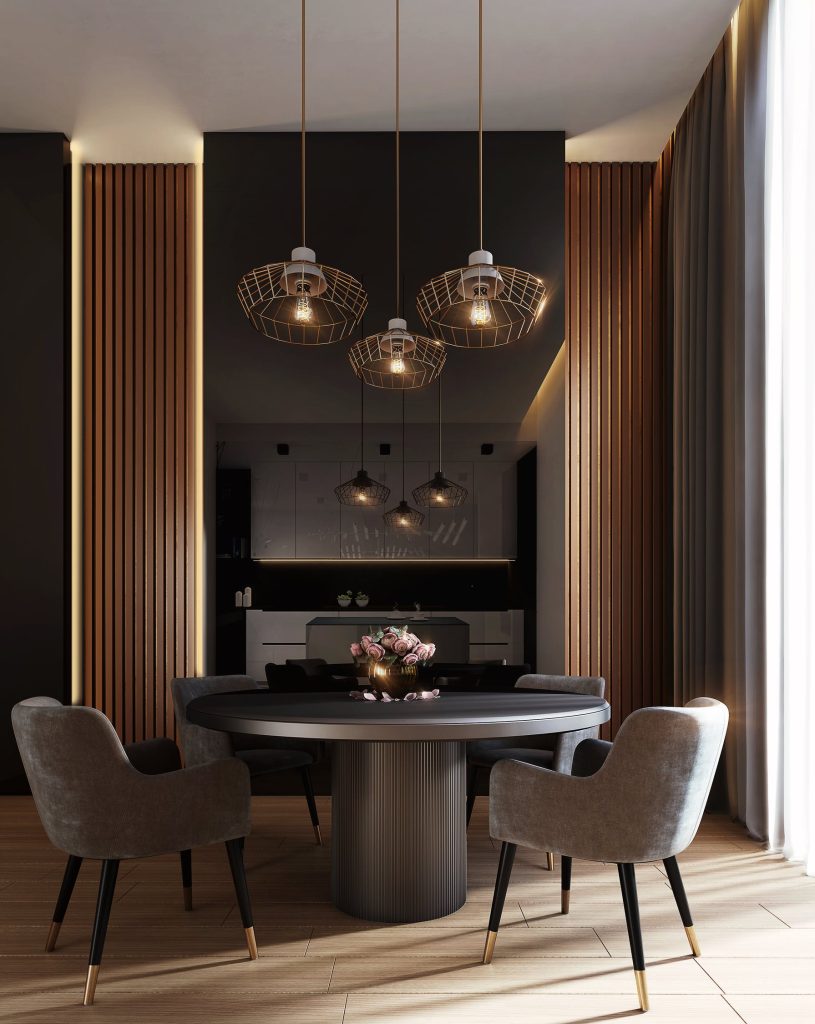
The pricing model borrowed from the airlines comes to the rescue. What are they doing?
The further back in time a flight is, the more time there is for flight tickets to sell out. Then we can afford to raise the price of a ticket, with the idea of selling the tickets at a higher value over time.
In the case of short-term rental, we put the so-called mark-up percentage on the base price of the apartment. Thus, we create a buffer from the base price and for each short-term booking we receive a higher compensation for the additional risk we take, namely the impossibility of letting the apartment for a longer period.
How do we determine the base price of the apartment?
If we have enough historical information on the performance of properties similar to ours, we can determine the minimum price for which we can achieve about 90% occupancy. Our goal is not 100% occupancy, as if we could achieve it, that would mean our prices are less than optimal.
Now is the time to share that each of our apartments is rated against the general market. The main components whose interaction builds the rating are location, interior and amenities, size, distribution and feedback from previous guests on the platforms. For the additional and faster development of the property, in the first month of management we apply a special pricing strategy.
The important thing is that this is how each apartment is categorized and we have certain indicators (including the base price) that we use as a guide and strive to achieve.
For example, an apartment reaches 90% occupancy at a base price of €35 per night. To depict the pricing model clearly, let's go backwards.
How do we set prices for the free calendar period for a month after the current date?
For the prices for a month later, we put high mark-up on the order of 30%. Thus, the final price per guest will be 45-50 euros per night.
Here comes the placement of discounts for weekly, bi-weekly and monthly stays. They would help us attract the attention of guests looking for a place for a longer period of time.
Discount parameters can vary – the general rule is the longer the period, the bigger the discount should be. For example, the weekly discount could be 5%, the bi-weekly – 10%, and the monthly – 20%. This is how we focus on longer stays.
How do we set the prices for a month from now?
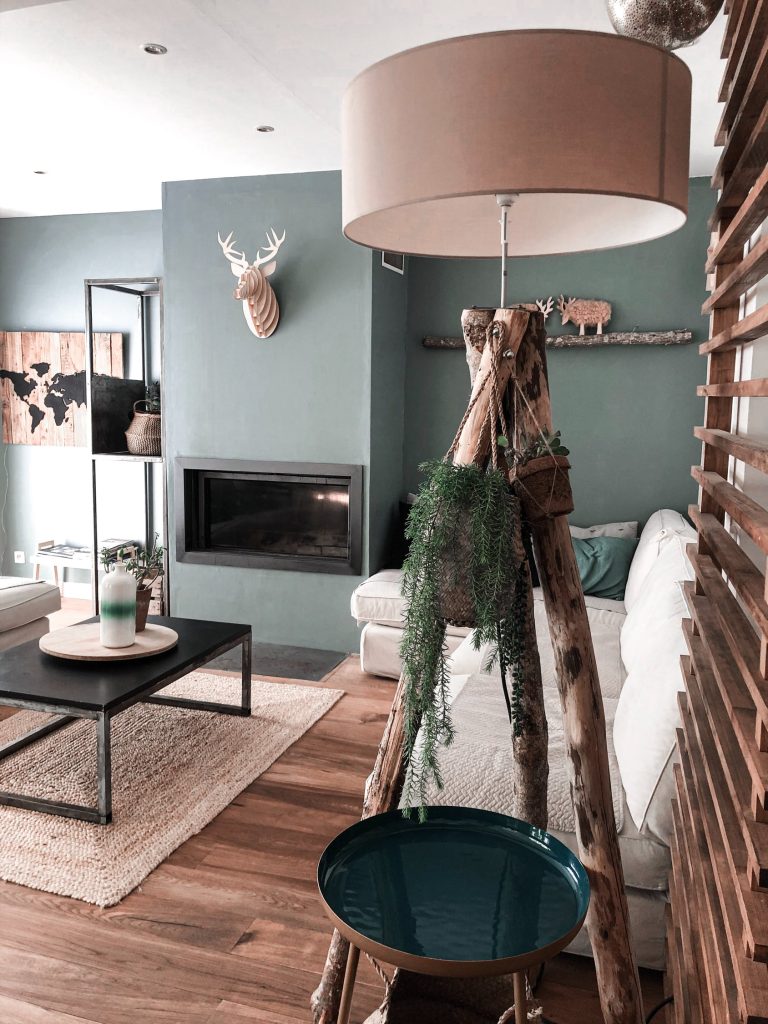
To help, we use the following metric – how many days in advance do guests make a reservation.
At the moment, for example, we know that due to the uncertainty and constantly changing environment, guests prefer to book an apartment in the interval of about ten days before the date of their stay.
If the next ten days of our calendar are free, our goal is that they approach the base price - 35 euros, to ensure the greatest possible chance of our apartment being preserved.
In the interval of ten to thirty days we can also reduce the prices. Of course, since we have more time for this period to fill, the prices are supposed to be higher than the base price and can vary from 38 to 42 euros.
What do we do when we have holes to fill in the calendar?
In cases where empty periods of 2-6 days occur between two bookings, we may also reduce our prices to the base price. However, if there is enough time until the empty period and we see signs of increased demand, we may take a risk and look for a higher yield on the nightly rate.
What other factors do we consider when pricing?
Above were the basics of one of the strategies for pricing a short-term rental property. Of course, there are other factors that come into play and must be considered in order to maximize the income of a property. Such factors are seasonality, day of the week (weekday/weekend), holidays, events, number of flights, number of occupied apartments around a given property.
Summary
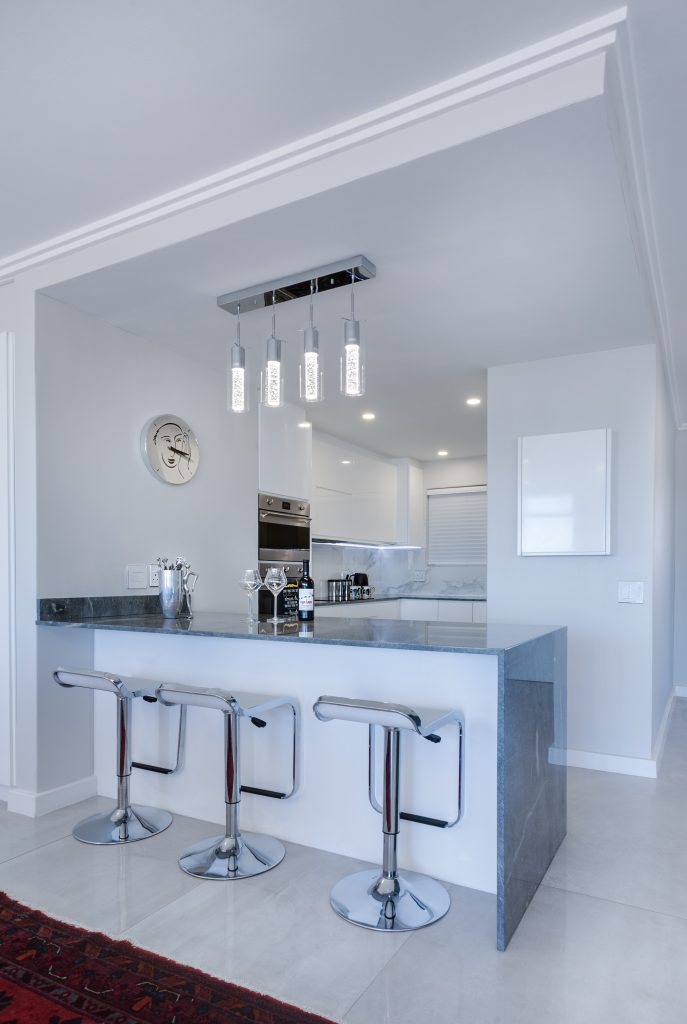
The ultimate goal of pricing is the optimization of the ratio between price and occupancy. Every single strategy that is used should be tailored to the specific conditions of the short-term rental market, the demand for this type of service and of course, the property itself.
In case you don't have the time and information to build your own strategy, software programs like Beyond Pricing and Pricelabs come to the rescue.
Flat Manager works with both, but our experience shows that our biggest pricing advantage is our long experience in the local market and the accumulated historical information we have from managing hundreds of apartments over the years.
Additional tips to help with pricing
Here are three more easy and practical tips to keep in mind no matter how you decide to price your apartment:
- Always open your apartment calendar at least one year ahead This indicator is monitored by the algorithms of platforms such as Airbnb and this further increases the visibility of the property in a search by a guest;
- Change the price in your calendar often, preferably daily Even by one euro down or up, the price change in the calendar again increases the visibility of your listing in the search engine of Airbnb and other similar sites.
- Lower the price that Airbnb initially shows guests for your property This price is also called the base price, but it's actually the headline price that Airbnb shows guests for an apartment before a specific period is selected. It has nothing to do with the actual price, but is used precisely to attract the attention of the guest.
The setting is located in the pricing section, where the stay discounts also come from. By setting a lower base price you increase the chance that a potential guest will see your property, but be careful that this base price is not significantly lower than the price they would get for specific dates, as this can have a negative effect.

We hope the information provided has been helpful and adds further clarity to how to price your property yourself on short-term rental platforms.
If you want a team of professionals to fully take care of the management and pricing of your apartment, contact us for a free consultation, to find out if our services are right for your property and how we can help you optimize your income from it.

